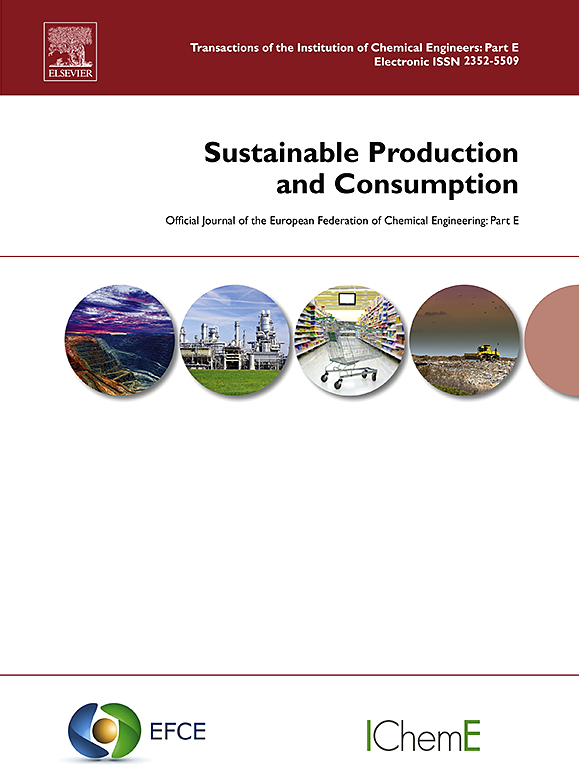Carbon emission reduction potential of land use in typical alpine meadow region in China
IF 10.9
1区 环境科学与生态学
Q1 ENVIRONMENTAL STUDIES
引用次数: 0
Abstract
Alpine meadows are primarily situated in mountainous areas and plateaus, exhibiting a high sensitivity to both climate fluctuations and human activities. However, understanding the factors influencing land use carbon emissions change in these regions remains complex, with uncertain mechanisms. Thus, it is imperative to accurately grasp the factors affecting carbon emissions in alpine meadows. We conducted a study estimating land use carbon emissions in the Upper Yellow River in Gannan from 1990 to 2020, using the Logarithmic Mean Divisia Index decomposition model and the Tapio decoupling model to identify driving factors of land use carbon emissions. Additionally, we analyzed the correlation between these factors and economic growth. The findings showed that the land use efficiency in the Upper Yellow River in Gannan region improved substantially by 436 %. Particularly, construction land emerged as the primary source of carbon emissions. The land use carbon emission increased with the increase of carbon emission intensity of construction land and the expansion of the size of construction land. Moreover, economic development and land use carbon emissions are weak decoupled. These results suggest that economic development is considered the primary driving force behind the increase in land use carbon emissions in the region. To achieve the decoupling of economic development and land use carbon emissions, we propose to improve land use efficiency by adjusting the industrial structure as well as improving land use efficiency.

求助全文
约1分钟内获得全文
求助全文
来源期刊

Sustainable Production and Consumption
Environmental Science-Environmental Engineering
CiteScore
17.40
自引率
7.40%
发文量
389
审稿时长
13 days
期刊介绍:
Sustainable production and consumption refers to the production and utilization of goods and services in a way that benefits society, is economically viable, and has minimal environmental impact throughout its entire lifespan. Our journal is dedicated to publishing top-notch interdisciplinary research and practical studies in this emerging field. We take a distinctive approach by examining the interplay between technology, consumption patterns, and policy to identify sustainable solutions for both production and consumption systems.
 求助内容:
求助内容: 应助结果提醒方式:
应助结果提醒方式:


